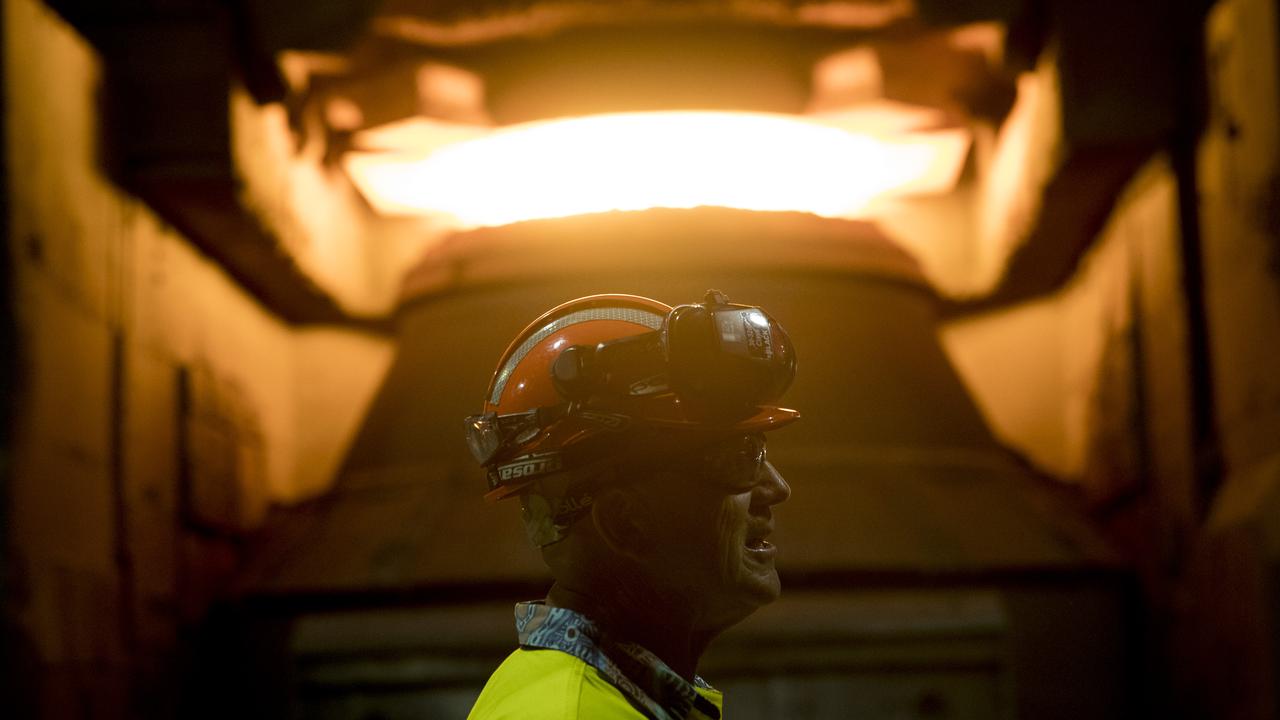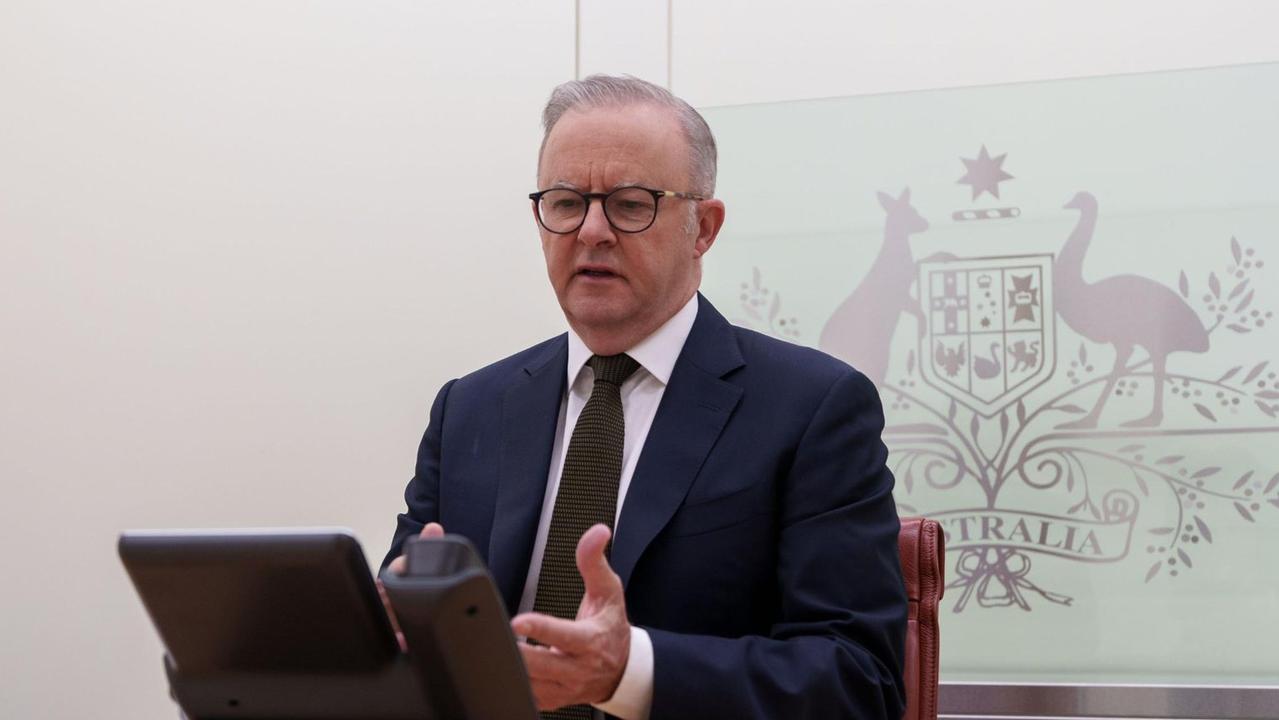Vikki Campion: Renewable obsession has created massive debt and no electricity for when it’s needed
As we close and run down coal-fired power stations, there will be no Snowy Hydro to save us when Liddell Power Station’s April closure leaves a 13 per cent reduction in NSW’s power supply, writes Vikki Campion.
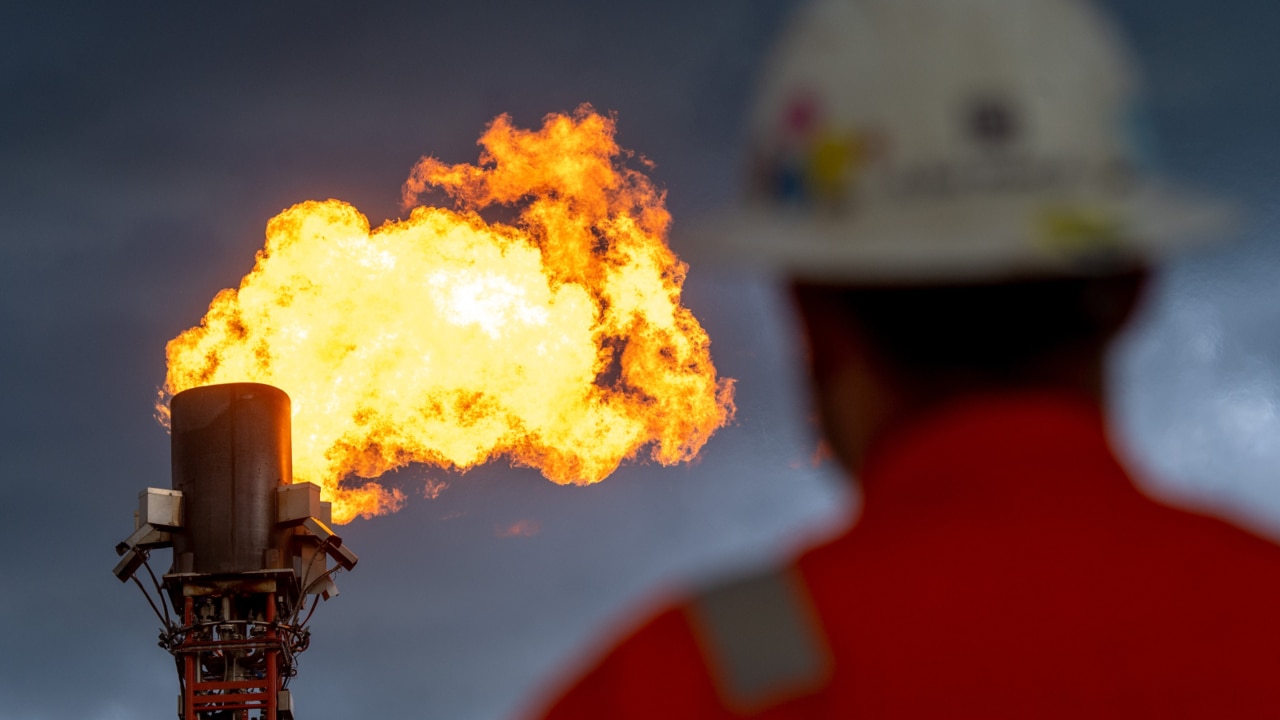
Opinion
Don't miss out on the headlines from Opinion. Followed categories will be added to My News.
In the Kosciuszko National Park, “Florence”, the tunnel borer, which weighs 2700 tonnes, remains bogged 70m underground, yet the project boss doesn’t think that’s a problem.
It’s an apt metaphor for the developing chaos of our power grid as we are told everything is fine.
Kurri Kurri Hunter Power Project and Snowy Hydro 2.0, which were supposed to save the grid with baseload power and underpin “free” renewables, have turned from the promised parachute to the lead weight on your power bill.
Snowy Hydro was to be baseload backup, the mechanism that turned intermittent breeze and sunny parts of the day into water pumped uphill in the Kosciuszko National Park to run down again during nights, dark days and wind droughts. It is now the biggest white elephant on the Australian government’s books.
Snowy Hydro chief operating officer Roger Whitby denied in a Senate estimates hearing this week that Florence was “bogged” but did say she had not travelled far in the last three months, 50m to 70m underground, as the project braces for another cost blowout. New CEO Dennis Barnes clarified the borer was “paused” after encountering groundwater and soft ground, had no target to restart with work to get her ready “for unpausing”.
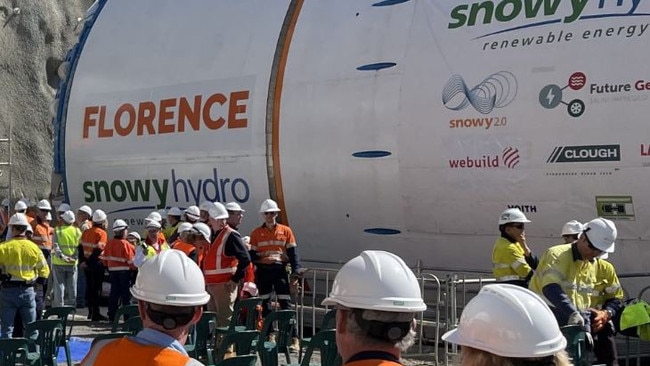
What is the terminology when you are in something wet and paused for a long period of time and unable to unpause yourself?
As we blow-up, close down and run down coal-fired power stations, there will be no Snowy Hydro to save us when Liddell Power Station’s April closure leaves a 13 per cent reduction in NSW’s power supply.
When Malcolm Turnbull started this renewable love child, the cost was between $2bn and $4bn, which was never priced into power. Now it is looking north of $10bn, with environmental restrictions, cost overruns, a native rodent that stops work and failure to anticipate the cost of plugging it into the grid.
Solution number two was the Kurri Kurri Hunter Power Project. Mr Barnes advised Senate estimates that the gas project was 12 months behind schedule, with “final power” now expected next December.
Yet, under questioning from senator Ross Cadell, bosses revealed no hydrogen supply had been found to meet Labor Climate Change Minister Chris Bowen’s promise to run with 30 per cent hydrogen. To do this, they need “additional investment”.
A $600m project to protect the power supply has turned into $1.7bn for white elephant that won’t be ready to fill the hole left by Liddell.
If this money had been invested in refurbishing coal-fired power plants, Australia’s energy problem would have been fixed with change left over.
Instead, we’ve got a massive debt inspired by our quixotic obsession with renewables and not one spark of electricity generated by either project.
With no new power coming on, power bills are expected to jump by a third over the next two years.
Meanwhile, hard-headed coal executives are looking at Canberra ministers who have never had a real job and thinking, how much can we make out of these mugs?

On the way through, they propose creating environmental problems vastly worse than anything Canberra is trying to fix, including poisoning the largest potable water source on the planet in the driest inhabitable continent – and perversely become eligible for subsidies to do so. Because they believe carbon dioxide in the air is so poisonous, they want to put it underground, which, if it plumes into groundwater, will be poisonous.
The Safeguard Mechanism, basically a carbon tax, forces businesses who want to stay in business to speculatively experiment with carbon “offsets” because there are not enough trees to go around, so say the modellers. If they create an offset and carbon capture, it opens up billions of your tax dollars to them via the cashier, Chris Bowen.
Coal companies such as Glencore know it is unlikely their big coal resources can be developed like they used to be under current rules. So they have found something else to mine – your money – and there is a promising seam in a big white building in Canberra.
Instead, they want to produce hydrogen and ammonia from their coal resource, capture gases, compress it, freeze it into an acid gel and stick it deep underground. Problem is, they want to inject this into the porous sandstone of the Great Artesian Basin, and environmental reports say it is likely to render water undrinkable.
The first time this project came up was in 2017, when an angry farmer, and now the Nationals Member for Flynn, Colin Boyce killed off Glencore CTSCo’s similar proposal at Wandoan when the water around the test site was deemed unusable.
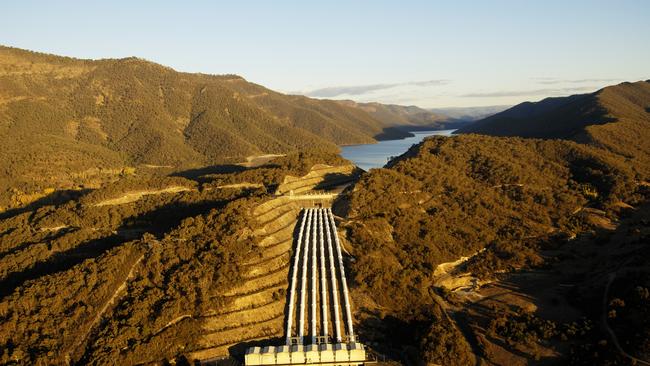
Now it’s back. Glencore documents show it intends to seek amendments to Queensland law, allowing capture carbon into the Great Artesian Basin.
How could we even consider pumping millions of tons of CO2 fluid into the largest underground freshwater reservoir in the world, which underlines 22 per cent of the land mass in Australia?
Federal bureaucrats also failed their duty to protect the basin – when the Surat Basin Carbon Capture was assessed last February, bureaucrats found they didn’t need to examine injecting CO2 fluid into groundwater as it was “not a controlled action under the Environment Protection and Biodiversity Conservation Act”.
Glencore documents show it can’t do the job without releasing contaminants into the groundwater. This is water that hasn’t seen sunlight for millions of years and, when polluted, will take millions more to replenish. The Albanese government rejected Clive Palmer’s coal mine 200km away from the actual coral of the Great Barrier Reef – not 10km as inferred – but appears content to pollute the world’s eighth wonder.
The “transition to a net zero emissions future” involves companies becoming eligible for government subsidies for green energy to mine coal to make hydrogen.
We are subsidising renewable power stations that don’t work to the tune of tens of billions of dollars, have imposed taxes on the coal industry, relying on them to sell coal to China and overseas buyers, while the companies that could have provided cheaper power to us are instead switching to renewables so that they can be eligible for government subsidies that should be going to health care, roads and defence.
Meanwhile, the NSW Liberals promise to ban offshore coal, gas, mineral and petroleum in NSW waters while promoting offshore wind factories in migratory whale paths.
This paradox of policies to destroy the environment to save the planet is about as effective as Florence, the bogged borer of Kosciuszko.




